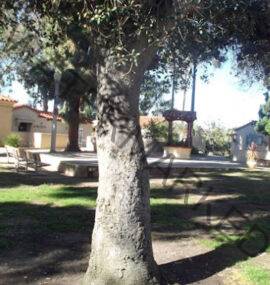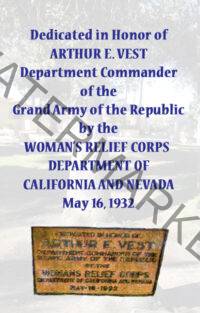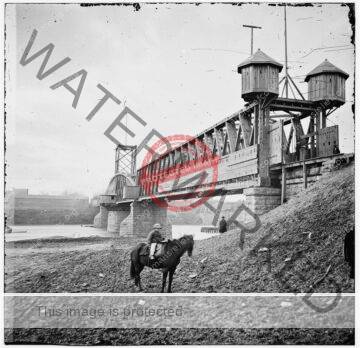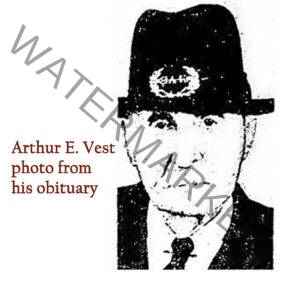Arthur's Tree
Arthur E. Vest was born 25 November 1845 in Hamilton, Ohio. He married Amanda Polk/Pogue of Cumberland, Indiana, and died on 10 May 1943 at the age of 95.
Perhaps except for the descendants of Arthur and Amanda these facts about a man who was born, was once married, and then died, would pass into eternal anonymity, except for one sentinel that stood silently testifying to the existence of Arthur. That silent sentinel is Arthur’s tree.

In 1932 an oak tree was planted in Balboa Park, San Diego California, and marked with a bronze plaque inscribed:
“Dedicated in honor of Arthur E. Vest, Department Commander of the Grand Army of the Republic by the Woman’s Relief Corps Department of California and Nevada, May 16, 1932”
Arthur’s tree was happy where it was planted. Arthur himself lived eleven years after the planting and dedication of the tree, and then after suffering a fall, was hospitalized at the Naval Hospital in San Diego where he passed away.
For 86 years the oak tree grew and grew, providing shade and comfort for visitors, and a home for countless birds and squirrels. By 2017 Balboa Park officials noticed disease had set in, and soon learned a type of boring beetle had infested the old oak tree. In 2018 it was determined there was no cure and so the tree had to be removed, the wood destroyed, and thereby protect all the other trees in the area from the invasive beetle. A very kind couple volunteering at Balboa’s “House of England” International Cottages – Mel and Fran – realized the significance of the plaque, and wanted to find a safe home for it. The plaque is now a part of the NWRC collection.


Arthur E. Vest, as the plaque denotes, did serve as the California and Nevada Department Commander of the Grand Army of the Republic. He oversaw all the Posts in those two States and carried on the legacy of the men that served in the American Civil War.
His own service is recorded as rising from an 18-year-old Private to the rank of Sergeant with Company F of the 57th Indiana Regiment. He was wounded twice. Arthur fought at the Battle of Shiloh, the Siege of Corinth, the Battle of Perryville, and the Battle of Stones River. He was in the Tullahoma Campaign, and fought at the Siege of Chattanooga, and the Battle of Missionary Ridge. He slogged through the Atlanta Campaign, — the Battle of Resaca and the Battle of Kennesaw Mountain. He was at the Siege of Atlanta, and the Battle of Jonesboro and Battle of Spring Hill. He fought at the Second Battle of Franklin, and the Battle of Nashville, where it is believed he suffered severe wounds. .

On December 14, 1864 Arthur was discharged and sent home a disabled veteran. Six children were born were born to Arthur and Amanda. They relocated westward, and by 1878 the family settled near Des Moines, Iowa, and eventually further west to California.
Arthur joined the first veterans’ organization–the Grand Army of the Republic, nearly as soon as it was formed in 1866. He remained very active in the GAR his entire life.
Arthur’s tree and the dedication plaque no longer grace the lovely lawns in Balboa, California. It is now a fond memory of those who may have paused beneath its spreading limbs. The dedication plaque is cared for by the National Woman's Relief Corps, where it serves as a testimony to his and all Union troops and their heroic service.
Arthur and all the other brave souls who made such sacrifices should always be remembered for their service. We ought never to forget those who fought to end the tyranny of slavery, to reunify our Nation and to bind up its wounds. May we never forget them.

